Why 14th April is considered the first day of Hindu New Year
In this post we dwell upon the historical, religious, and cultural evidence of the first day of the Hindu new year.
Apart from references in our sacred scriptures, evidence of the beginning of new year being observed five millennia ago has been found. Archaeologists have discovered the stone solar calendar which people from the Mohenjo-daro civilization have used.
This stone calendar is synchronized to the solar cycle and had also been used for agricultural community to time the sowing, irrigation and harvesting of crops.
Evidence of Dravidians celebrating the new year on 14th Apr even before the Indus Valley inhabitants has been found as well. Dravidians coincided the beginning of new year with the Zodiac. With Sun entering the first Rashi i.e. Mesha Rashi the beginning of a new year was deemed.
However, common to both Aryans and Dravidians was the acknowledgement of onset of spring. And hence the celebrations, and festive rigor.
Learned sages, and pontiffs revering the Sun God as Brahmam associated the term ‘Tat Savitur’ or center of Universe was associated with the Sun God. The Sanatan Dharma marks auspicious year beginning with 14th April, with prayers and thanksgiving to the Sun God, the maker, regulator of time and nourisher of life on earth.
Celebrated not just in Assam, West Bengal, Kerala, Manipur, Mithila, Odisha, Punjab, and Tripura….14th April is considered the first day on the new year in Sri Lanka, Bangladesh, Cambodia, and Thailand.
We cover some examples of this solar transition which the hindu almanac i.e. panchang marks as the new year:-
The first day of the Bengali new year falls on the 13th or 14th of April every year. Called “Poila Baishakh,” it’s a state holiday in the eastern state of West Bengal and a national holiday in Bangladesh. People clean and decorate their houses and invoke Goddess Lakshmi, the God of wealth and prosperity. New ventures are commenced on this auspicious day, and existing businesses open fresh ledgers with “Haal Khata”- a ceremony in with the invocation of Lord Ganesha. Feasting and participation in cultural activities mark the day.
Bohaag Bihu or Rongali Bihu in Assam, marks the onset of a new agricultural cycle. Characteristic of a bountiful future, young unmarried people pursue to find a partner of choice today. While the celebrations going on for days today people don the traditional attire and sing “Bihu Geets” and dance the traditional “Mukoli Bihu”. “Pitha” or rice cakes is a special delicacy that is made by households and people visit and greet each other
“Vishu” the first calendar day of the first month of Medam in Kerala, marks the auspicious new year beginning. Malayalees – begin the day early in the morning with the ritual of visiting the temple and seeing any auspicious sight i.e. “Vishukani.” Elaborate traditional rituals with tokens called “Vishukaineetam”, usually in form of coins, is distributed among the downtrodden as a gesture of prosperous beginnings.
People don new clothes – “Kodi vastram” – and celebrate the day by bursting firecrackers and savor an elaborate meal called the “sadya” with family and friends.
Tamilians across the globe celebrate new year or ‘Puthandu’ in mid-April. 14th April the first day of Chithirai, the first month in the traditional Tamil calendar ushers in happy beginnings. The day starts with observing auspicious things such as gold, silver, jewelry, new clothes, new calendar, mirror, rice, coconuts, fruits, vegetables, betel leaves, and other fresh farm products. This ritual is symbolic of good fortune and is done immediately after getting up from bed. Led by the house elder, this ritual is typical of every tamil household.
This is followed by a ritualistic bath and almanac or panchanga puja with sandalwood and turmeric paste, flowers and vermilion powder. The almanac or panchangam that holds the future is anointed and placed before the deity.
Every house is thoroughly cleaned and decked with the doorways garlanded with mango leaves strung together. Rangoli or the floor design is characteristic of a lamp, this is also known as Vilakku Kolam. Donning new clothes, the each Tamil family lights a traditional lamp, the ‘kuthu vilakku’, and fill water in a short-necked brass bowl and embellish it with mango leaves while chanting prayers.
Traditional ‘Puthandu’ meal is a typical multi-course Tamil platter that additionally has a delicacy ‘pachadi’ – which is a mixture of jaggery, chillies, salt, neem leaf or flowers, and tamarind. This is symbolic of the variety of life experiences that the future holds in store for us.
This year may the Gods smile on you and bless with abundance. We wish you and all at home a happy, healthy and prosperous New year
May your Ishta Devata help you guide in all your pursuits. This auspicious day do visit a temple near you, and check from our listings at Ishta Devata should you need help.
We do hope you liked our new year coverage as much as we loved bringing it to you. Please share your New year experience and pictures, we look forward to it.
Reach us to be a part of our whatsapp spiritual reminder group
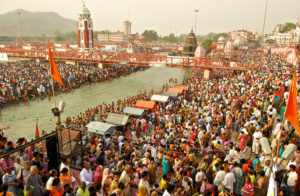
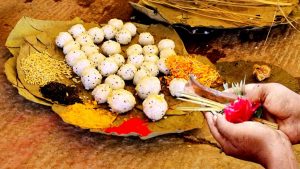
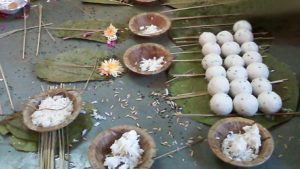





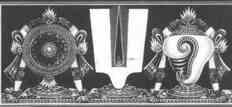

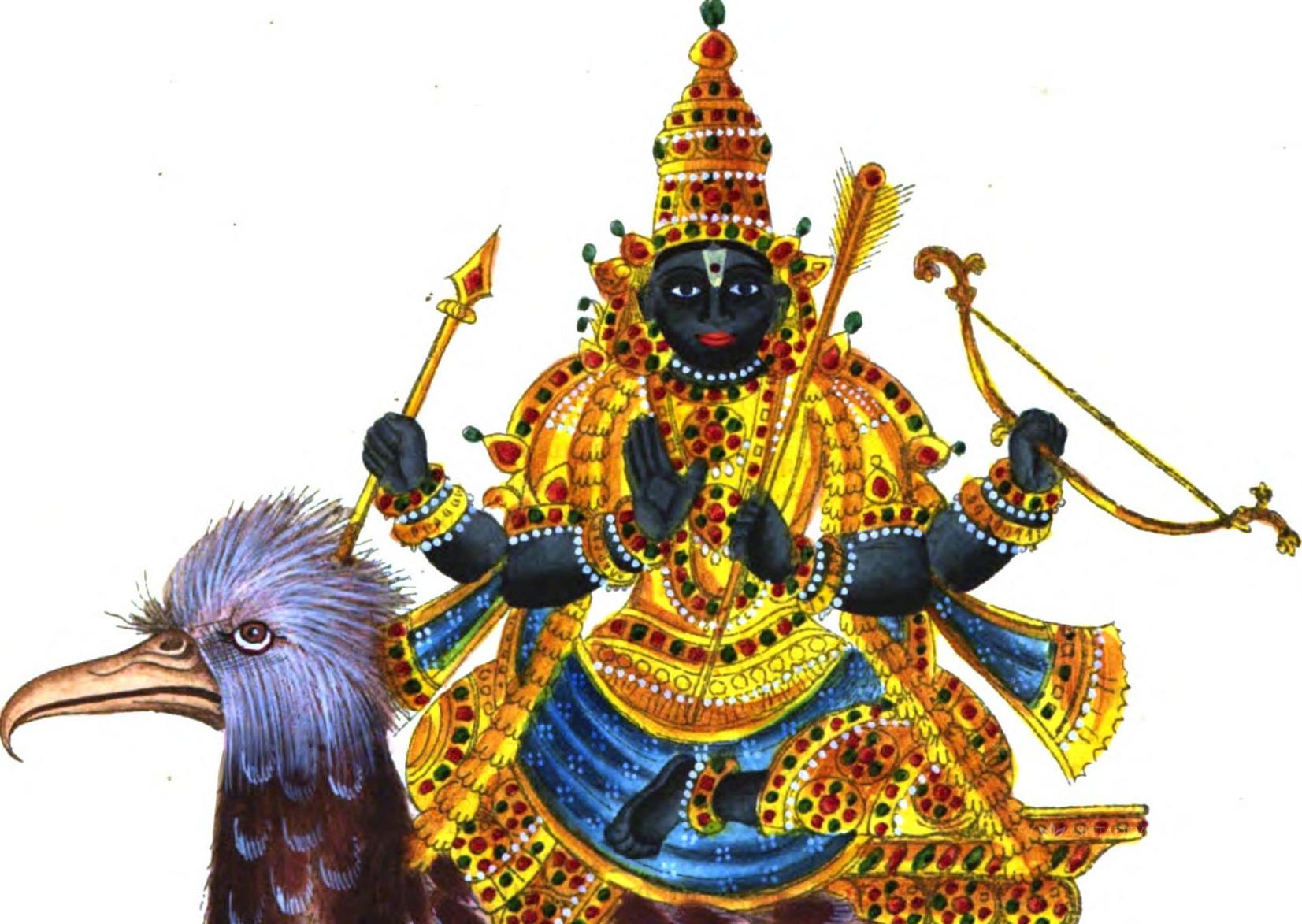









It was really interesting to know that people belonging to other states do celebrate their regional new year on this day.May this jay varusham which means victory in Tamil bring the real VICTORY TO ISHTA DEVATA TEAM AND XERAGO TEAM..May god bless one and all success,success and nothing but that and happiness.
Thanks Swathy! We look forward to your continued support this year. And on behalf of Team Ishta Devata we wish you and all at home a great year ahead
Thanks for sharing this. Apart from tamilan, it was interesting to see peoples of diferent states also celebrate this new year.
Thanks for your readership and sustained support Priya!